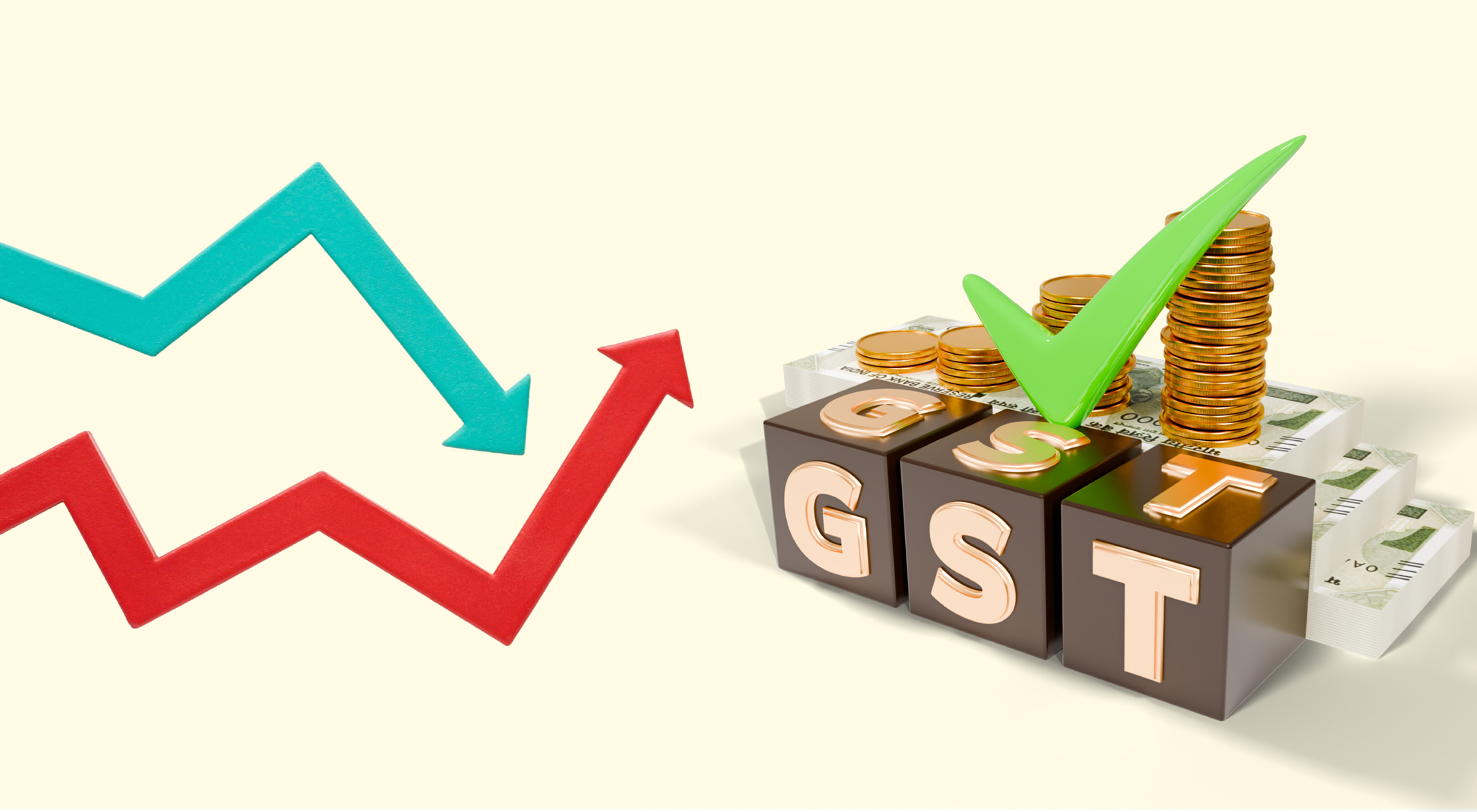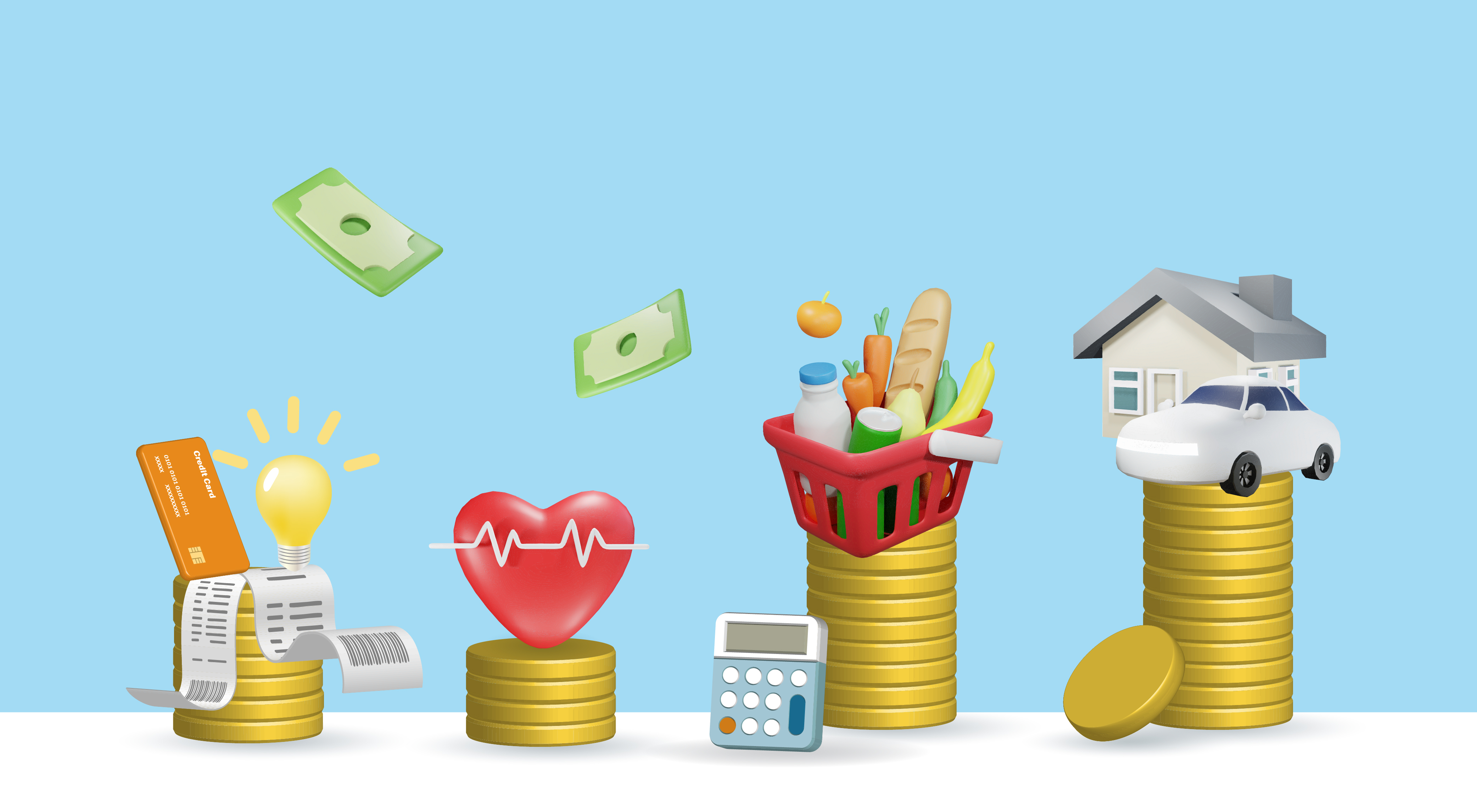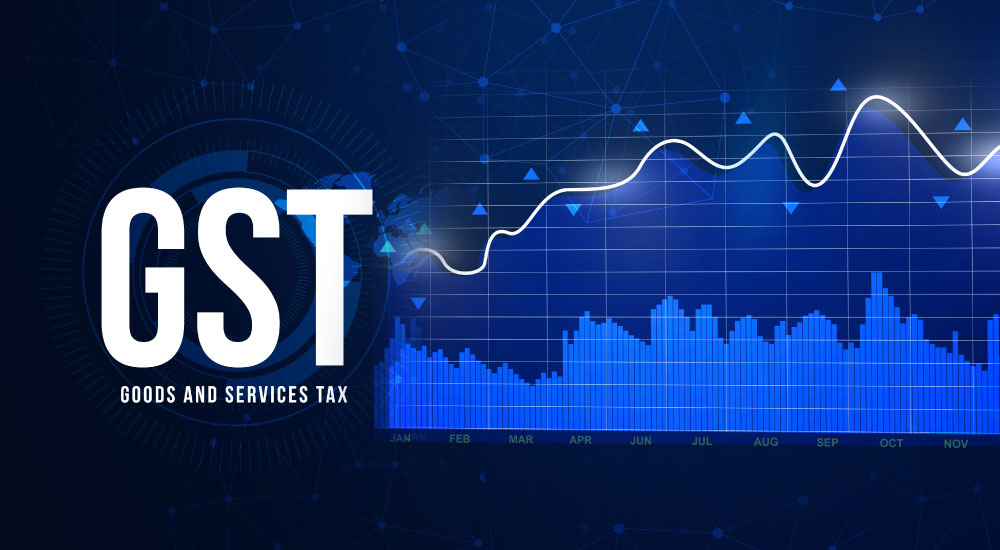The GST Council has officially approved a major overhaul of the tax structure in its 56th meeting, held on 3rd September, bringing long-awaited reforms that simplify slabs and make compliance easier for businesses. The new GST rates will be effective from September 22, 2025—just ahead of the festive season.
Effective date of new GST rates
|
Date of Implementation |
22nd September 2025 |
|
Date of GST Council Decision |
3rd September 2025 |
The new GST structure at a glance
India is moving from the earlier four-tier GST system (5%, 12%, 18%, 28%) to a simplified two-rate structure:
-
5% (Merit rate) – Essentials and mass-consumption goods
-
18% (Standard rate) – Most other goods and services
-
40% (Special rate) – Select luxury and sin goods (e.g., aerated drinks, high-end vehicles, tobacco, casinos, IPL tickets)
This rationalisation is aimed at:
-
Reducing compliance complexity
-
Boosting domestic spending
-
Cushioning India’s economy against the impact of US tariffs on Indian goods
What Gets Cheaper?
Food & beverages
-
Nil rate: Chapati, paranthas, UHT milk, paneer, pizza bread, khakra
-
5% (down from 18%): Butter, ghee, dry fruits, jam, juices, ice cream, biscuits, cereals, sugar confectionery, namkeen, packaged water, milk-based beverages
-
5% (down from 12%): Cheese, plant-based milk drinks, soya milk drinks
Household items
-
5% (down from 12%/18%): Tooth powder, soap, shampoo, hair oil, talcum powder, feeding bottles, utensils, bicycles, combs, umbrellas, bamboo furniture
Appliances & electronics
-
18% (down from 28%): ACs, dishwashers, TVs
Stationery
-
Nil rate: Notebooks, pencils, erasers, maps, charts, crayons
Footwear & textiles
-
5% (down from 12%): All footwear and textiles
Healthcare
-
Nil to 5% (down from 12–18%): Life-saving drugs, diagnostic kits, medical oxygen, thermometers, corrective spectacles, health & life insurance policies
Travel & hospitality
-
5% (down from 12%): Hotel rooms up to ₹7,500, economy class air tickets
Automobiles & components
-
18% (down from 28%): Motorcycles up to 350cc, small hybrid cars, auto components
-
5%: Electric vehicles (unchanged)
Agriculture
-
5% (down from 12–18%): Tractors, irrigation equipment, fertiliser inputs, biopesticides, tractor components
Services
-
5% (down from 18%): Salons, health clubs, gyms, yoga centres
What Gets Costlier?
-
40% (up from 28%): Aerated & caffeinated drinks, beverages with added sugar, non-alcoholic beverages
-
40% (up from 28%): Large cars (above 1,200cc / 4,000 mm), motorcycles above 350cc, yachts, aircrafts for personal use, racing cars
-
40% (after cess removal): Tobacco products (once compensation cess period ends)
-
40%: Casinos, gambling, online gaming, race clubs, IPL tickets
The three pillars of GST reforms
The Centre has designed the reforms around three focus areas:
- Structural reforms – Correcting inverted duty structures, resolving classification disputes, and providing predictability in taxation.
- Rate rationalisation – Reducing taxes on commonly used and aspirational goods while bringing stability in slabs.
- Ease of living for taxpayers – Easier startup registrations, pre-filled returns, and faster refunds.
What this means for TallyPrime users?
-
Instant updates: The new GST rates will be available in TallyPrime before September 22. Updating your business data is quick and hassle-free.
-
Automatic compliance: From invoicing to filing, TallyPrime ensures your GST calculations reflect the latest government rules.
-
Error-free filing: With pre-filled reports, reconciliation tools, and automated checks, compliance remains smooth.












